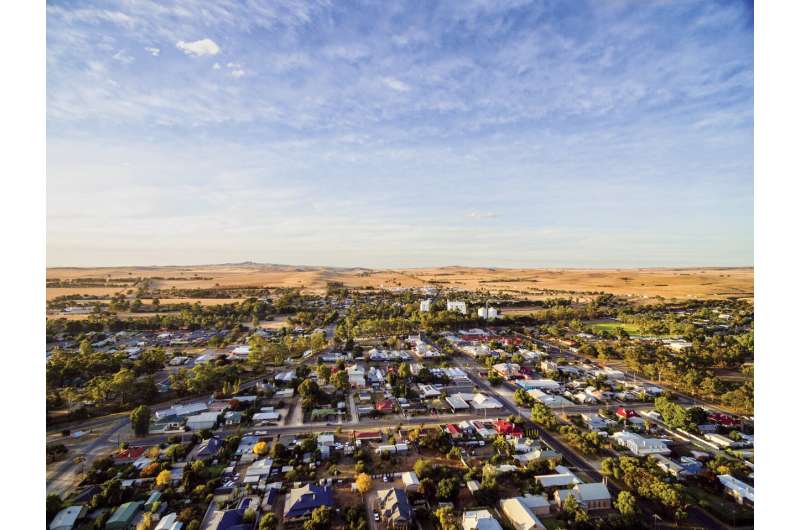Credit: Austockphoto
Research has developed the first national snapshot of disaster resilience to help governments, local organizations and emergency services improve their communities' resilience to natural hazards.
The Australian Disaster Resilience Index was developed by the Bushfire and Natural Hazards Cooperative Research Center in partnership with the University of New England. It enables organizations to tailor programs and policies that strengthen disaster resilience, from national and state levels, right down to specific communities.
Presented as an interactive website, the Australian Disaster Resilience Index provides a nationally standardized index of resilience in the form of navigable maps of regions across the country.
Lead researcher at the University of New England, Dr. Melissa Parsons, explains that there are many social, economic and institutional factors that contribute to disaster resilience.
"When we formed those factors into the Australian Disaster Resilience Index, we showed that communities around Australia are not equal when it comes to their capacity for disaster resilience. There are several factors acting together to influence how well communities might fare in planning for, preparing for, responding to and recovering from natural hazards, and this capacity varies from place to place. Around the country, communities will have strengths that influence their resilience, such as community connectedness or provision of emergency services, but they will all have their challenges as well, for example a lack of access to telecommunications in more remote areas," Dr. Parsons said.
Given the wide variety of place-based factors that contribute to disaster resilience, and the complex ways in which these factors interact, it can be incredibly hard to effectively improve disaster resilience. All communities are different. What works in one location won't necessarily work somewhere else.
Dr. John Bates, research director of the Bushfire and Natural Hazards Cooperative Research Center, says that the Australian Disaster Resilience Index is a crucial new support tool for decision makers at the local, state and national levels, as it provides much-needed knowledge to help prepare for, absorb and recover from natural hazards.
"By measuring the capacity for resilience, we can better understand how different regions will be able to adapt to, and cope with, natural hazards. The Index also acts as a base to measure change over time, so we can assess how effective our policies and investments have been at improving our capacity for disaster resilience," Dr. Bates said.
The Australian Disaster Resilience Index also identifies five Australian disaster resilience profiles, classifying every region in Australia according to their strengths and barriers to disaster resilience. This allows users to quickly find areas that share similar capacities for disaster resilience, encouraging open dialog and collaboration between resilience partners. This knowledge can be used to support the coordination of resilience-building initiatives and sharing of resources.
"This research captures a national picture of disaster resilience to help communities, governments, emergency services and other organizations develop the right capacities for resilience to suit their communities," Dr. Parsons said.
Provided by Bushfire and Natural Hazards CRC






















